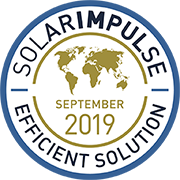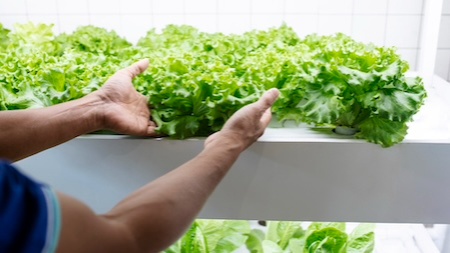News - August 4, 2021
Journey of an innovator: CCm Technologies. #BehindTheLabel
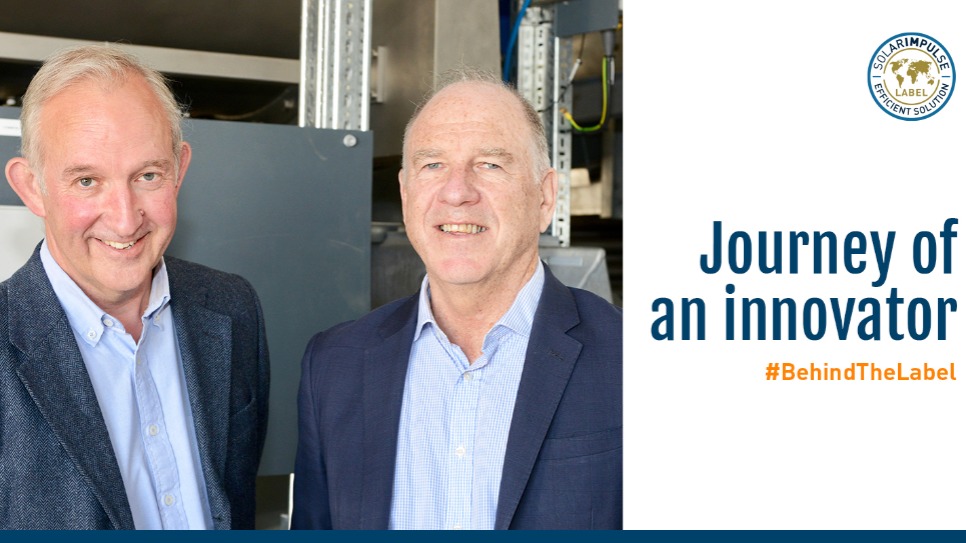

Written by Marine Soudais 4 min read
I had the chance to discuss with Pawel, the CEO of CCm Technologies, about his experience with the Solar Impulse Label. I learnt a lot about his solution, how and why he decided to get the label and what has happened since then. Here are some notes from the discussion.
Can you introduce yourself and your solution?
I am Pawel Kisielewski, the CEO and co-founder of CCm Technologies.
The process created by CCm Technologies Ltd. combines 3 components: CO2, fibrous waste (e.g. potato skin, grass, straw, wood chips...) and ammonia. When combined, the result is three-fold. Firstly, significant amounts of heat are released (which can be utilised to the economic benefit of the operators). Secondly, it adds value to a product by turning the waste materials into high grade fertilisers. Thirdly, no waste byproducts are produced. CCm's process has a carbon footprint that is already 80% less than existing market mineral fertilisers.
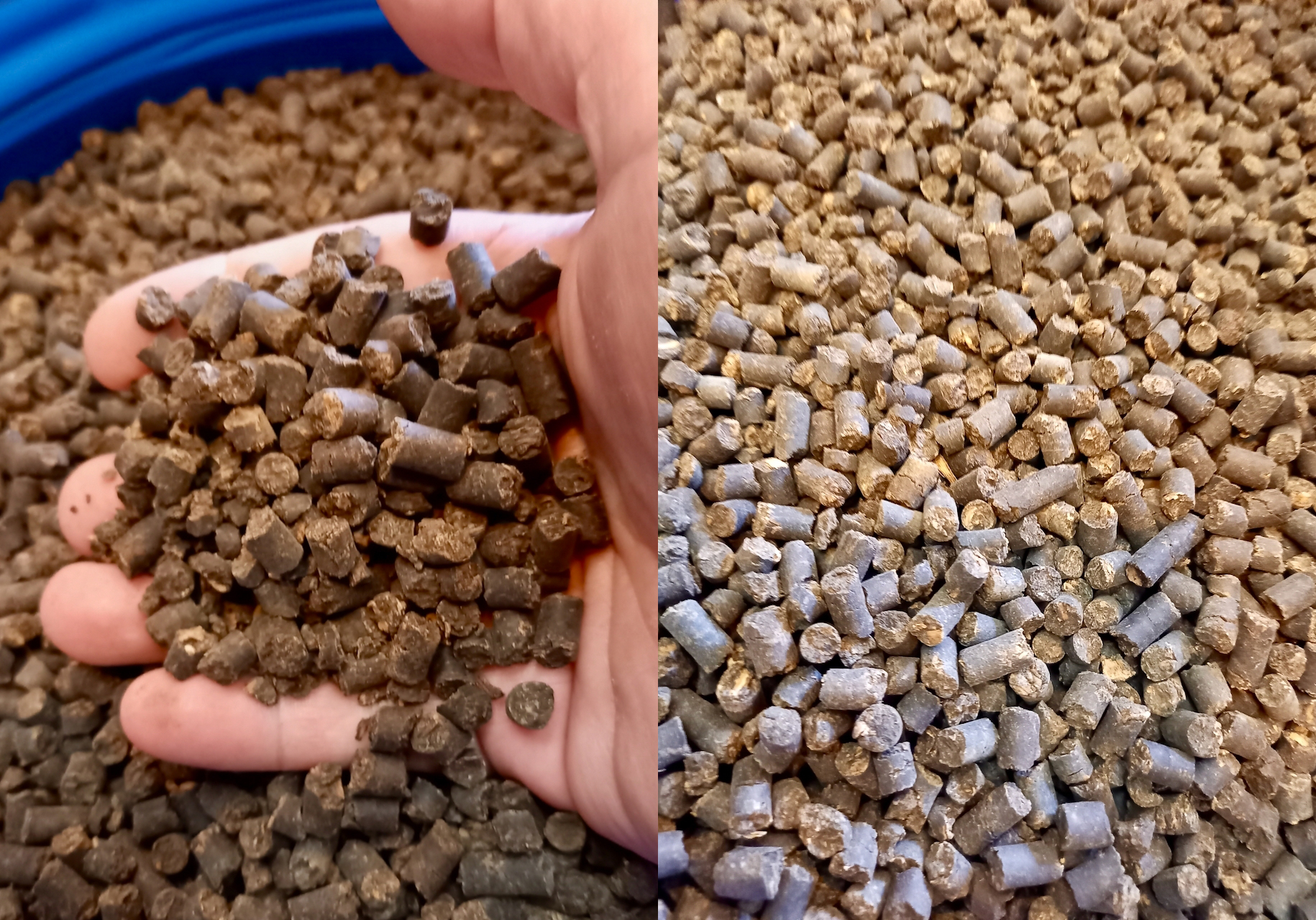
Our current operations are based in the UK for CCm Technologies, with all our automation and control for the full system held up on the Microsoft Azure cloud.
With 50 CCm units working they can each produce c. 10,000 tonnes of fertiliser per annum, which with the process would remove 1.75 million Tonnes of CO2e per annum. To give you an idea, this carbon removal is equivalent to removing 375,000 cars from the road every year, and the impact of CCm Technologies goes further.
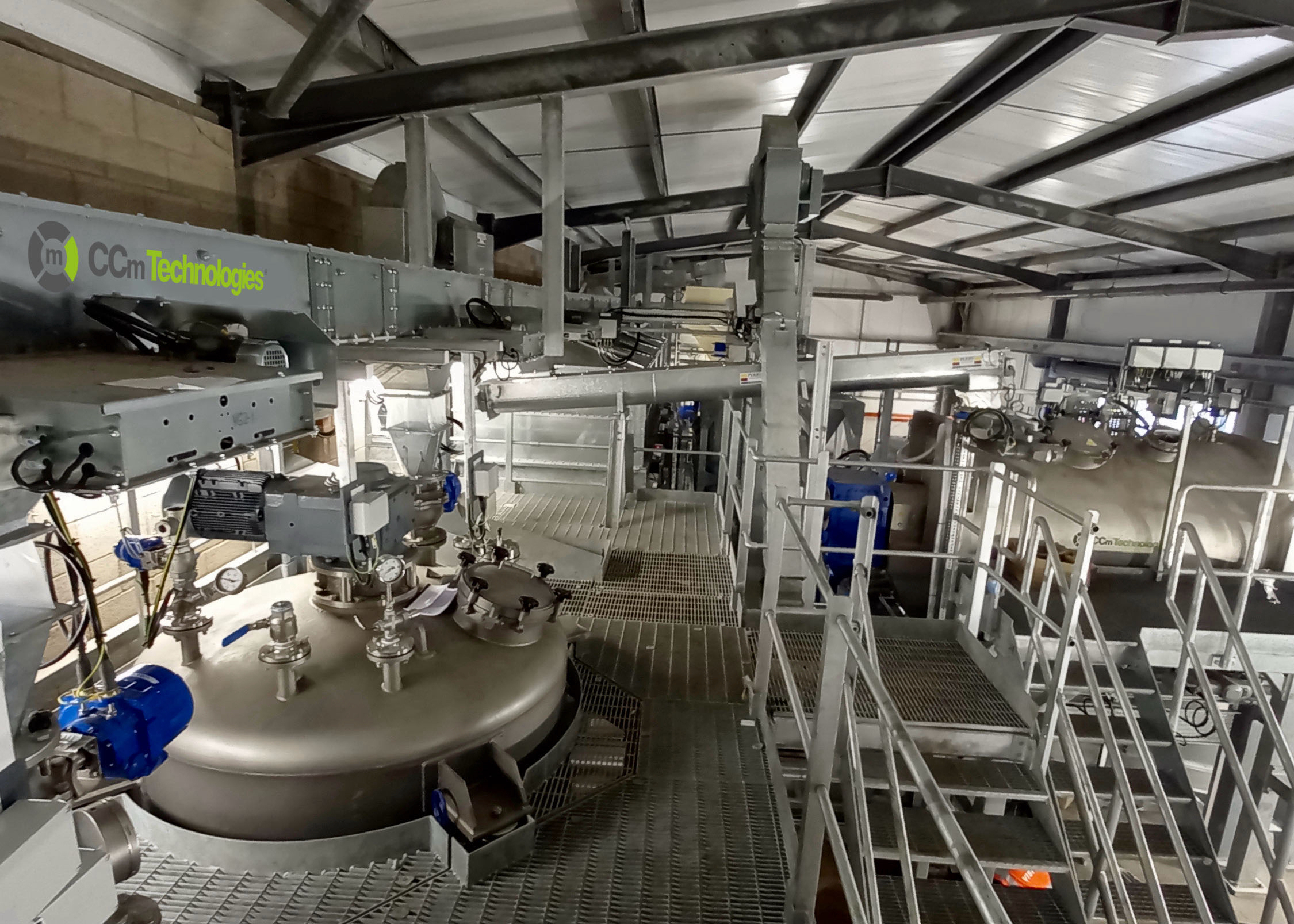
One of our future projects includes a partnership with Pepsico. Pepsico is the world’s largest maker of crisps/chips, owning brands such as Lay’s and Walkers. Using our CCm units, potato waste will be transformed to create fertilizer, which could make a normal bag of crisps net zero!
Here’s an example of the process for a customer such as Pepsico:
- The CCm process uses the fibrous waste (in this case potato skin) and combines it with ammonia recovered from water treatment waste streams and possible other food waste processes.
- By coating the fibrous waste with ammonia, it allows the carbon dioxide (which we draw from an exhaust stream) to be attached to this mix
- CCm transforms the captured CO2 and ammonia mixture into stabilised ammonium nitrate and chalk
- CCm adds sustainably sourced Phosphorus and Potassium materials to the organic cake from the factory’s bio-digestor unit.
- The resultant material is pelletised into a compound of Nitrogen, Phosphorus, Potassium product specific fertiliser for optimal potato production and sold back to the supply chain.
- The savings resulting from emissions avoidance, waste transport and fertiliser sales produce project specific returns of between 13-15% IRRs.
Our solution is good for the environment but also good for the farmer, no change in the infrastructure and yet the same if not slightly higher crop yields and protein quality while being able to decrease the Nitrogen used by 10% . It is a logical technology ready to be implemented now at commercial scale.
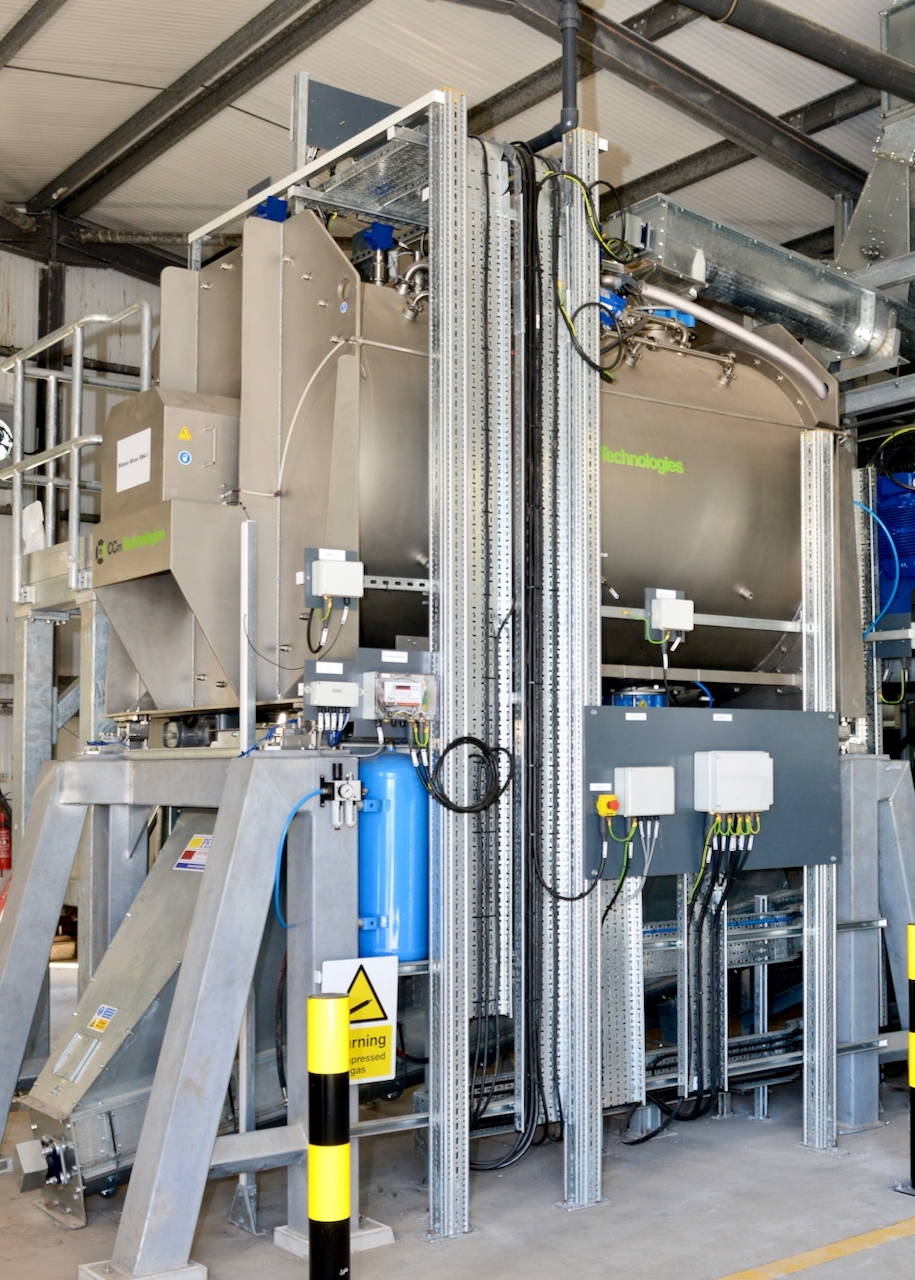
Thanks to our technology, any industry that belches CO2 into the atmosphere could use our units to capture their CO2 and turn it into a fertiliser. Though our technology will be most impactful on the sectors of wastewater (sewage), agriculture and food waste. These are the three main sectors we target.'
It is important to note that this technology can decarbonise the CO2 emissions that happen along a company’s value chain (also called scope 3 of emissions). This is the largest part of emission for a company and yet the hardest to address, making this technology even more valuable.
How did you hear about the Solar Impulse Label?
I first heard about the label in 2018 when I saw Bertrand Piccard being interviewed. I straight-away liked that both sustainability and profitability were at the core of his message. It really resonated with what we do at CCm Technologies since our solution embodies this idea. I believe as well that sustainable solutions can be implemented now, having a large positive impact on the planet while not necessarily having to pay a larger price to operate.
Why did you want to get the label?
By the end of 2019 not only we liked the message, but it now seemed really valuable in terms of credibility to get the label. We also wanted to be associated with the Foundation and be promoted by Bertrand Piccard. Both reasons encouraged us to seek the label.
How did you find the process of applying for the label?
The honest reply to this is that it was brutal! It took us a few days to fill in the application required by the technical team at Solar Impulse. We then exchanged questions and answers with the experts over 4 months. We had 2 sets of experts assigned to make sure that our solution could be labeled. While on one hand we had to work hard to achieve the accreditation , on the other it was a clear confirmation of the seriousness of this label. The fact that it is not given out easily makes it more credible and valuable.
Did you learn anything from the feedback of the experts?
We got several questions from the experts that challenged our ideas. It did not change the solution in any way but rather helped us be more prepared for these questions. Soon after the labelling process, we launched a Series A funding round. They asked similar questions to the experts; we were therefore better prepared since we had already thought about the answers.
Since then, which opportunities have you benefited from having the label?
We took part in an E-pitch in 2020 (organised by the Solar Impulse Foundation). Indeed, every month the Foundation organizes an event with a partner where 6 to 8 solutions get to pitch in front of investors, where on average 1 solution gets funding after the event. We did not end up getting the funding through this route but it was invaluable pitch training. One thing we also realised is that the label gave us a strong validation for the funding round. The investment community are becoming familiar with Foundation ; the granting of a Solutions Label adds positively to the Due Diligence process. The 5 minute pitch seemed longer than usual knowing the positive mindset of the investors and their ability to delve deeper into our company through the Foundation’s web platform.

Written by Marine Soudais on August 4, 2021

